#japan book
Explore tagged Tumblr posts
Text


Illustrations for Yukio Mishima's The Sound of Waves | Shiosai | 潮騒, by Lâm Tùng Nguyễn.
24K notes
·
View notes
Text



#cottage#cottagecore#landsccape#paradise#nature#adventure#explore#travel#travelling#aesthetic#photography#landscape#photographers on tumblr#dark acadamia aesthetic#books and libraries#books#art#farmcore#fall aesthetic#fairycore#cottage witch#curators on tumblr#home decor#pretty#flowercore#artists on tumblr#japan#pink#book quotes#naturecore
23K notes
·
View notes
Text
El libro "Cantina japonesa", es el cuaderno de viaje culinario para saborear la cocina japonesa. Lo más nuevo de la Editorial Cinco Tintas
Cantina japonesa es el nuevo libro de la Editorial Cinco Tintas. Se trata de un viaje culinario para saborear la cocina japonesa. Esta obra cuidadosamente escrita por Clémence Leleu y Anna Shoji con bonitas ilustraciones de Adrien Martin es una invitación a recorrer sus páginas y adentrarse en la tradición gastronómica por las 5 regiones de Japón. Es el regalo perfecto para amantes de la…

View On WordPress
#book#Cantina japonesa#cocina japonesa#gastronomía japonesa#idea de regalo#japan book#japan cuisine#japan gastronomy#libro#libro para regalar#recetas de cocina japonesa
0 notes
Text
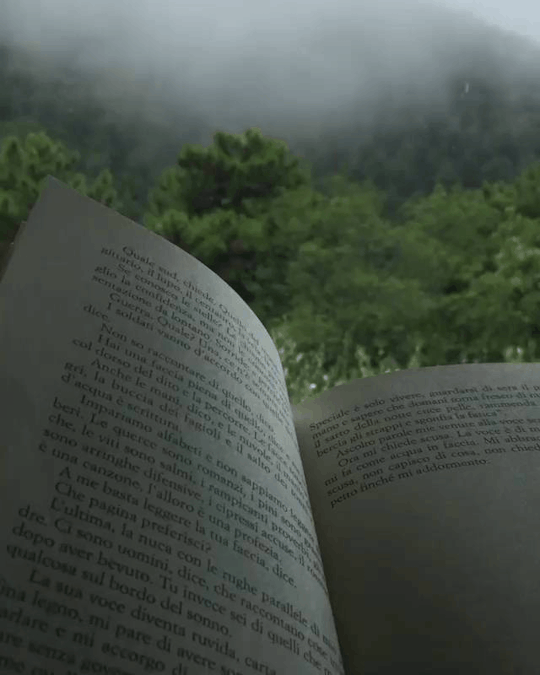
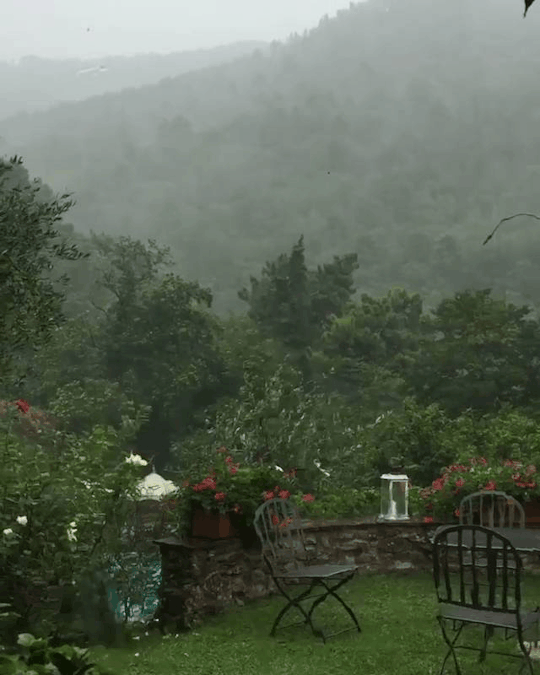


#landsccape#paradise#nature#adventure#explore#travel#travelling#cottagecore#naturecore#aesthetic#photography#landscape#cottage witch#wildflowers#japan#photographers on tumblr#dark acadamia aesthetic#beauty#rain#quotes#books and libraries#books#fairycore#flowers#farmcore#fall aesthetic#dark academia#curators on tumblr#cute#spring
14K notes
·
View notes
Text

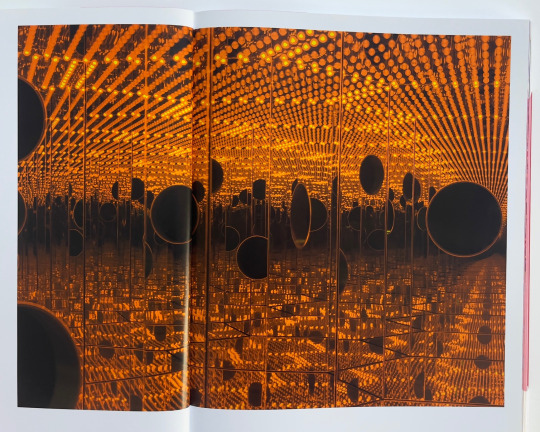

Yayoi Kusama: ‘Longing For Eternity’ (2017)
#yayoi kusama#art#japan#artist#lights#dreamcore#tech#techcore#technology#books#art book#art exhibition#japanese artist
7K notes
·
View notes
Text




Lamp Light Books (a literary themed hotel) in Sapporo. The lobby is a library coffee shop.
#bookblr#book aesthetic#coffeeblr#hotel lobby#library#library aesthetic#vsco#vscocam#iphonography#travelblr#coffee#books#Sapporo#Japan#japan travel
3K notes
·
View notes
Text

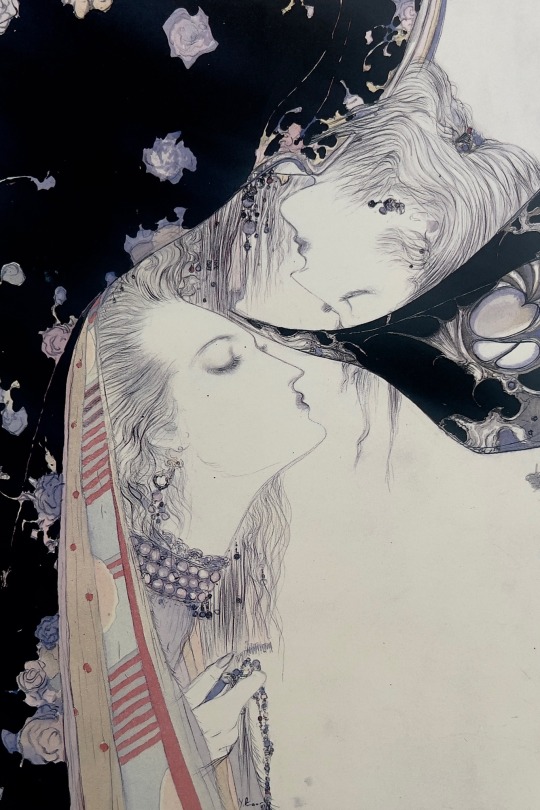




Yoshitaka Amano: Gashu Illustrations Art Book (1996)
8K notes
·
View notes
Text
Anime and Manga 101: What You Need to Know

If you are a fan of Japanese culture, you might have heard of the terms anime and manga. But do you know what they mean and how they differ from each other? In this blog post, we will explore the similarities and differences between these two popular forms of Japanese entertainment.
What is Anime?
Anime is a term that refers to Japanese animation, which can be in the form of movies or TV shows. Anime is characterized by high contrast, bright colors, and thematic elements of science fiction and fantasy. Anime can also feature elaborate plotlines and action scenes, as well as vivid graphics and character expressions.
Anime is derived from the English word animation, which was borrowed by the Japanese as animēshiyon and then shortened to anime. Anime can be influenced by manga, which we will discuss next, but it can also have original stories or be based on other sources.
Some examples of famous anime are Sailor Moon, Howl’s Moving Castle, Naruto, Dragon Ball Z, One Piece, Attack on Titan, and Demon Slayer.
What is Manga?
Manga is a term that refers to Japanese comic books and graphic novels, which are usually published in black and white. Manga is characterized by exaggerated facial features and minimalistic backgrounds. Manga has more room for introspection and conveying complex emotions through detailed artwork.
Manga is derived from the Japanese words man-, meaning aimless, and -ga, meaning pictures. Manga can be serialized in magazines or online platforms, with a single chapter ranging from 15 to 50 pages. Manga can also be collected in volumes or tankōbon, which are usually around 200 pages long.
Some examples of famous manga are Death Note, Fullmetal Alchemist, Bleach, One Punch Man, My Hero Academia, Tokyo Ghoul, and Fruits Basket.
How are Anime and Manga Similar?
Anime and manga share a unique visual style that is influenced by both traditional Japanese art and Western animation. They also share a wide range of genres and age ranges, such as shōnen (for boys), shōjo (for girls), seinen (for young men), josei (for young women), kodomo (for children), mecha (robot), isekai (another world), horror, romance, comedy, sports, etc.
Anime and manga often have crossover appeal, meaning that fans of one medium can enjoy the other as well. Many anime are adapted from existing manga series, such as Naruto or One Piece, while some manga are inspired by anime, such as Cowboy Bebop or Neon Genesis Evangelion.
How are Anime and Manga Different?
Anime and manga have some key differences that make them distinct from each other. Here are some of them:
Anime is an animated medium, while manga is a written medium. You watch anime, while you read manga.
Anime requires more resources and time to produce than manga, such as voice actors, animators, directors, composers, etc. Manga only requires a mangaka (manga artist) and an editor.
Anime tends to be more dynamic, colorful, and reliant on special effects than manga, while manga tends to be more static and minimalist than anime.
Anime typically consists of a series of episodes that follow a seasonal schedule or a movie format that has a fixed length. Manga usually has an ongoing serialization that can last for years or decades.
Anime may deviate from the original manga source material due to censorship, budget constraints, creative decisions, or filler episodes. Manga may have more freedom to explore controversial topics or experimental styles than anime.
Conclusion
Anime and manga are both amazing forms of Japanese entertainment that have captivated millions of fans around the world. They have many similarities but also some differences that make them unique. Whether you prefer anime or manga, or both, you can always find something that suits your taste and interests.
I hope you enjoyed this blog post and learned something new about anime and manga. If you did, please share it with your friends or leave a comment below. Thank you for reading!
1 note
·
View note
Text

1999 Hello Kitty 25th Anniversary postcard
2K notes
·
View notes
Text



Boom! (Retro)
#manga#pop art#shonen jump#art#anime#aesthetic#popart#nostalgiacore#roy lichtenstein#inspired#nostalgia#retro#japan#japanese#comic#comic books#comic art#lettering#sound fx#1000
1K notes
·
View notes
Text

チョーおきにいりのページ \♪♪/
#journal#journaling#heisei#stationery#stickers#sticker book#kawaii#heisei retro#heisei era#kawaiicore#y2k#2000s#cute#stationary#pink#sanrio#san x#crux#q lia#kamio japan
620 notes
·
View notes
Text


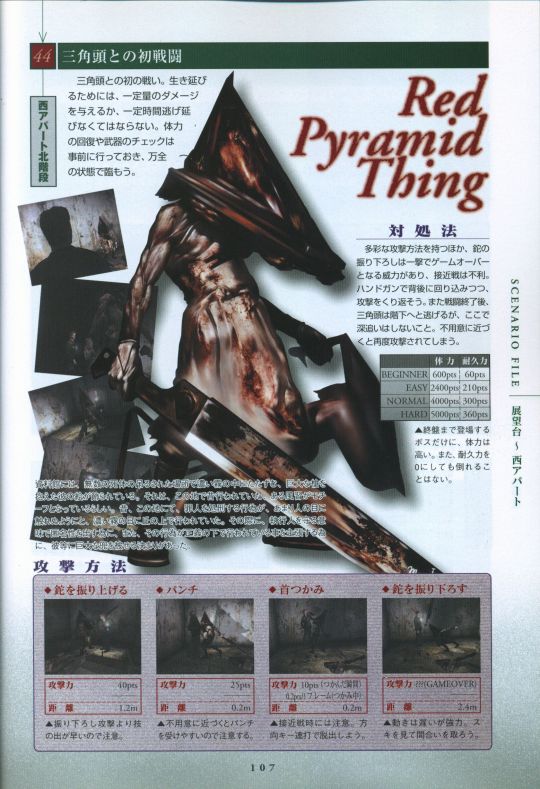
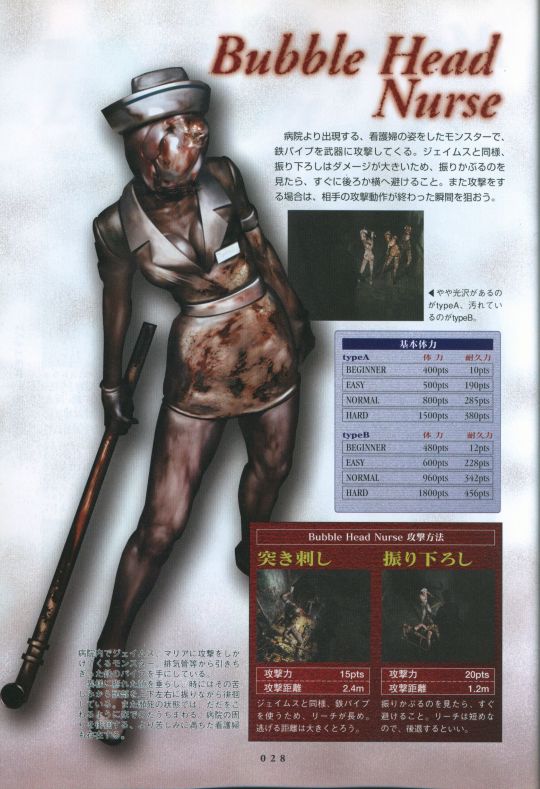
Monsters in Silent Hill 2 official complete strategy & world guide book (2001) Designed By: Masahiro Ito
7K notes
·
View notes
Text
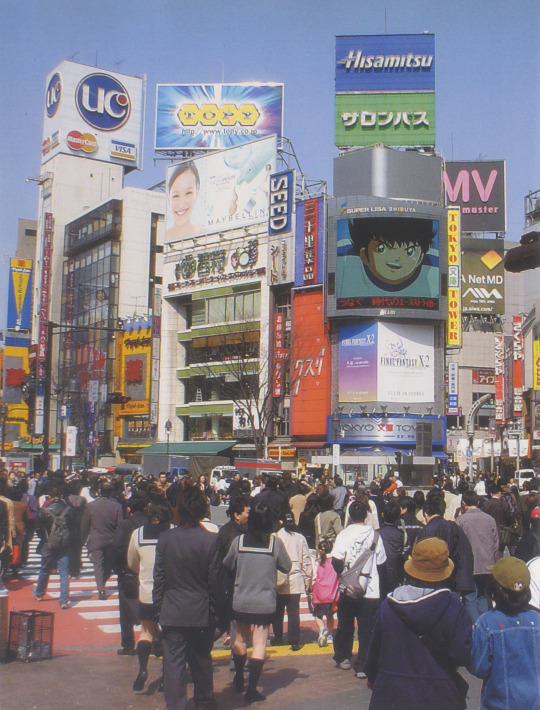
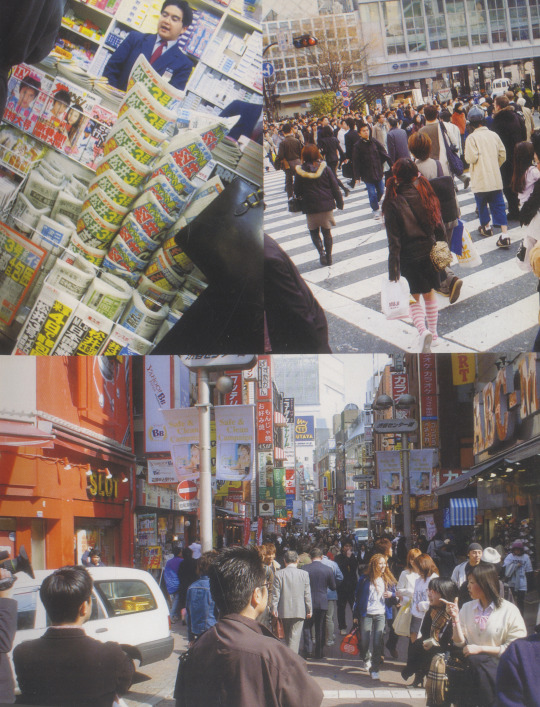
metropolitan tokyo
scans from Japanese Graphics Now! (2003)
#found an old book of japanese graphic design so will be posting scans of my fav pages✌️#my scans#photo#photography#tokyo#東京#japan#日本#2000s nostalgia#film camera#aesthetic#2000s japan
2K notes
·
View notes
Text




Alice in Wonderland by Aquirax Uno, 1981
248 notes
·
View notes
Text








Jimbocho Booktown in Tokyo!
#Tokyo#bookblr#books#bookshop#bookstore#Japan#Japanese#vsco#vscocam#iphonography#travelblr#bookstagram#antiquarian books
3K notes
·
View notes
Text



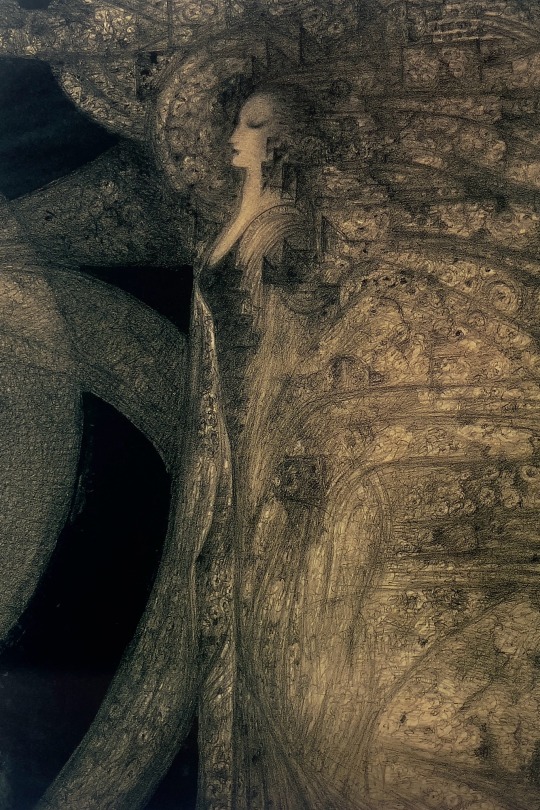

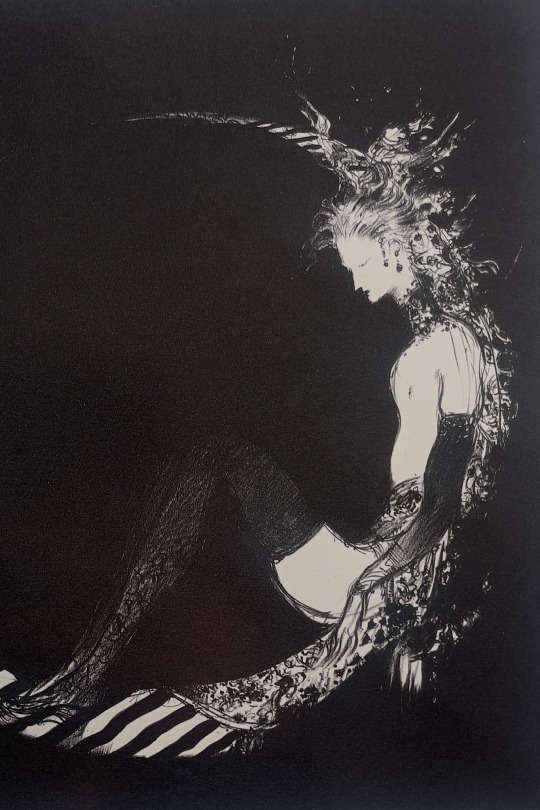


Yoshitaka Amano: Gashu Illustrations Art Book (1996)
#Yoshitaka Amano#Gashu Illustrations#Art Book#art#illustrations#japan#gothic#macabre#fantasy#assortment#1996
3K notes
·
View notes